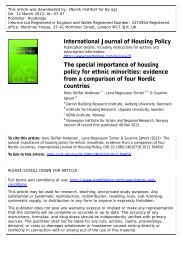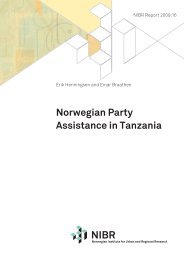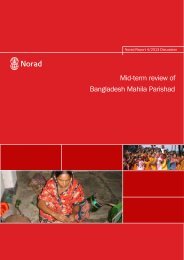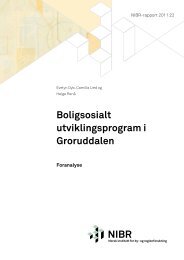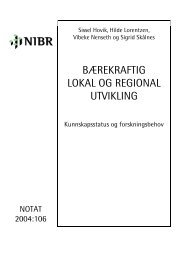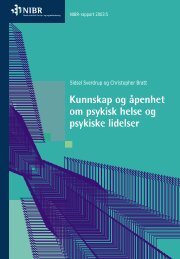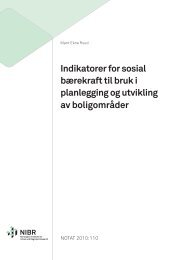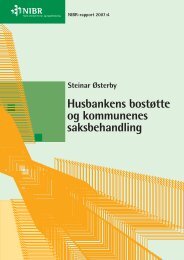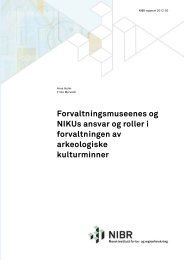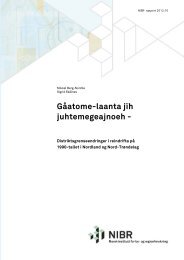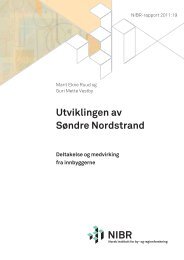Evaluation of the Southern and Eastern Africa Regional Centre for ...
Evaluation of the Southern and Eastern Africa Regional Centre for ...
Evaluation of the Southern and Eastern Africa Regional Centre for ...
- No tags were found...
You also want an ePaper? Increase the reach of your titles
YUMPU automatically turns print PDFs into web optimized ePapers that Google loves.
223 Findings: Impact <strong>of</strong> <strong>the</strong> SEARCWL3.1 General findings from <strong>the</strong> surveyThere have been a total <strong>of</strong> 202 students on <strong>the</strong> Programme. Of <strong>the</strong> 202, keycharacteristics are provided in <strong>the</strong> table below:Table 3.1 <strong>for</strong> all students:Nationality <strong>and</strong> genderTotal Female MalenumberBotswana 1 (0, 5%) 1 0Cameroon 3 (1, 5%) 3 0Ethiopia 1 (0, 5%) 1 0Kenya 27 (13, 4%) 23 4Lesotho 3 (1, 5%) 3 0Malawi 16 (7, 8%) 11 5Mozambique 1 (0, 5%) 1 0Namibia 1 (0, 5%) 1 0Tanzania 28 (13, 9%) 23 5Ug<strong>and</strong>a 16 (7, 9%) 9 7Zambia 27 (13, 4%) 10 17Zimbabwe 78 (38, 6%) 73 5TOTAL 202 (100 %) 159 (79%) 43 (21%)This shows that 39 percent are Zimbabwean, <strong>and</strong> 79 percent are women. Concerningnationality, this is almost twice <strong>the</strong> 20 percent per<strong>for</strong>mance indicator that <strong>the</strong>SEARCWL has <strong>for</strong> regional composition <strong>of</strong> students. SEARCWL explained thiscomposition in terms <strong>of</strong> mitigating factors in student recruitment, especially that <strong>the</strong>overall figure tended to be pushed up by last minute vacancies on <strong>the</strong> course <strong>and</strong>which are <strong>of</strong>fered to Zimbabweans <strong>for</strong> practical reasons. Of <strong>the</strong> 202 in-take, 195have graduated <strong>and</strong> 7 <strong>the</strong>re<strong>for</strong>e have not completed graduation (<strong>and</strong> <strong>of</strong> <strong>the</strong>se somemay still complete). These figures show a very low rate <strong>of</strong> non-completion, probablyreflecting high levels <strong>of</strong> support from SEARCWL staff.In terms <strong>of</strong> <strong>the</strong> response rate <strong>of</strong> <strong>the</strong> survey itself- contact details were not available<strong>for</strong> 21 <strong>of</strong> <strong>the</strong> 202, most <strong>of</strong> whom we underst<strong>and</strong> were ‘upgraders’ from <strong>the</strong> diplomataken in previous years. There<strong>for</strong>e <strong>the</strong> sample <strong>for</strong> <strong>the</strong> survey was 181, <strong>of</strong> which 90people responded: 87 <strong>for</strong>mer students <strong>and</strong> 3 employers. In total, this number gives a



